India’s telecom regulator TRAI has been making recommendations from time to time on ways to increase broadband connectivity, including high-speed, in the country. So much so that it has redefined what could be now called broadband, upping the speeds to keep pace with time.
TRAI’s thoughts on broadband penetrations is important as the Indian definition of what constitutes a broadband is vastly different from what it is generally seen as in other parts of the world, including some smaller Asian countries. We have regions where a basic cellular connectivity is a travesty, while the network coverage in some parts of the metros and other bigger Indian cities remain a suspect with call drops a common phenomenon.
That’s why the recent Telecom Regulatory Authority of India (TRAI)’s ‘Recommendations on Roadmap to Promote Broadband Connectivity and Enhanced Broadband Speed’ gains important; specially as it has highlighted that India, despite being the one of the biggest telecom markets, still has long way to go.

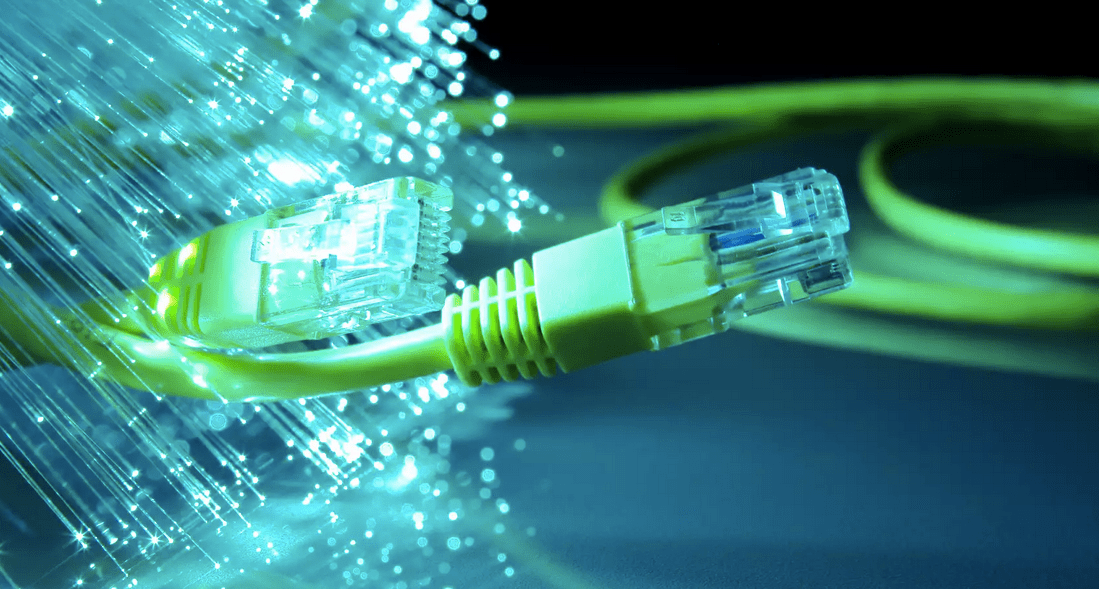
There is growing need for reliable connectivity. The pandemic has made the need more acute as students are being taught online, the work from home has become a norm, a large percentage of entertainment consumption has moved to online from linear viewing and e-commerce has become a necessity as it is not limited to electronics or apparel, but ensures daily needs are met.
With the 725 million broadband connections, rural India still lags as only 38 percent have access to the Internet. It is no surprise that when you travel to interiors of the country, basic connectivity on a mobile phone still remains a challenge. Not much has changed since TRAI’s ‘Recommendations On Delivering Broadband Quickly’, which was issued on April 17, 2015 and deserves a quick look. Simply because the latest suggestions on broadband is nothing but mostly old wine in a new bottle — just differently phrased.
It is surprising to note that in 2015 TRAI had recommended public- private participation (PPP) model for rolling out fibre networks deeper in to the villages. After so many years, we see Bharat Broadband Net (a project to digitally connect rural India) still remains dream with the targeted objectives not achieved. And, TRAI is still talking about private participation. PM Wani project also has not been able to make any significant inroads as the backhaul continues to remain challenging.
Due to the pandemic, focus of imparting education has been online. We would be doing the future generations a disservice if their education — and future — were impacted because of lack of connectivity. Some data does show that with schools and colleges going online, the most to get affected are the children from economically weaker groups where access to the Internet is almost like a privilege.
The ‘Recommendations on Roadmap to Promote Broadband Connectivity and Enhanced Broadband Speed’, dated August 31, 2021, has proposed a national level body to tackle the issue of right of way or ROW. It remains to be seen that how effective such a body would be when it comes to ground level implementation of rules. It has also been suggested that a new regulatory regime is put in place to handle the common duct passage — again a suggestion that was attempted by Karnataka almost two decades back without much success.
Then there is much talk about LEO and MEO constellations of satellites to provide connectivity to areas that are far away and their topography makes it difficult to lay cables. The question is: broadband via satellite at what cost? Rural customers have limited paying capacity and the uncertainty over allocation of spectrum for such services is making everything more complex.
The reach of the cable networks, which are now on fibre up to the node, can be effectively utilized and few telecom operators have initiated collaboration with cable operators in this regard. One hopes such partnerships gain momentum as it’s mutually beneficial for the parties, the telco and the cable operator. The objective of FTTH penetration in the cities can be achieved through this route.
The need to connect the unconnected still remains an elusive challenge as fiber will take time to reach the destinations for fixed wireless access (FWA) to be a viable means for broadband and other services as satellite connectivity via GEO , MEO and LEO constellations will be expensive in terms of the consumer premises equipment and monthly charges.
The FWA in unlicensed bands should be encouraged as that can be a good backhaul for local hotspots, which can deliver to the houses and devices directly. In this particular technology, the consumer premises cost has come down and FWA can be used for long haul and local access point. It can work well with limited power availability making use of solar panels.
In hilly terrains, not so suitable for fiber roll out as maintenance cost would be high and tough, the FWA can be a good alternative and backhaul can be a satellite. The need is to have a cost effective and maintenance free solution that could give connectivity to the consumer with minimal downtime.

The government’s announcement that the adjusted gross revenue (AGR) for telecom licensees would exclude the non-telecom activities should bring cheer to our cable fraternity who has been suffering as the AGR calculations were including the revenue from the cable services too.
The need of the day is to simplify the processes and allow the entrepreneurial spirit of the local populace to bring in connectivity to the rural household where the kids need them most for their education and elderly people for their many other needs.
It is the time to support the local entrepreneurs with technology and financial means so that such people are able to create small oases of data in their respective areas. And, this would go a long way in satiating the growing need of data in such rural markets.
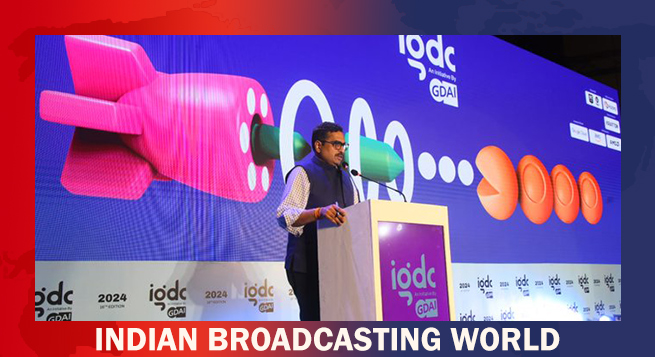 Govt & industry to prime gaming space for global dominance: MIB Secy Jaju
Govt & industry to prime gaming space for global dominance: MIB Secy Jaju 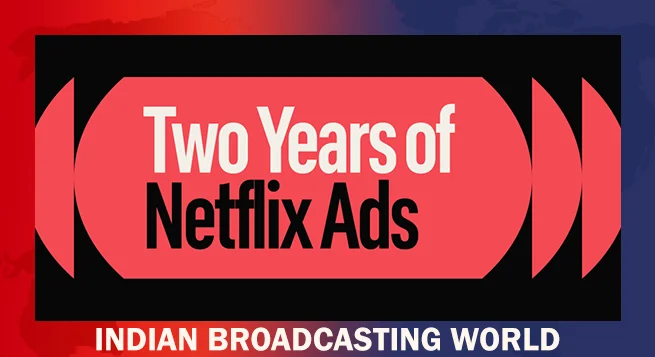 Netflix ad-supported tier touches 70mn MAUs globally
Netflix ad-supported tier touches 70mn MAUs globally 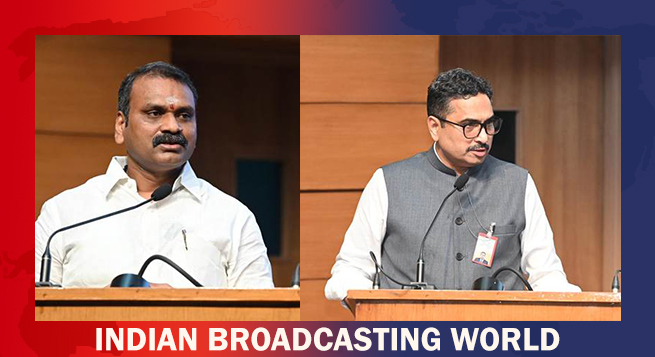 Minister Murugan likens IFFI to Cannes fest; ‘Better Man’ opening film
Minister Murugan likens IFFI to Cannes fest; ‘Better Man’ opening film 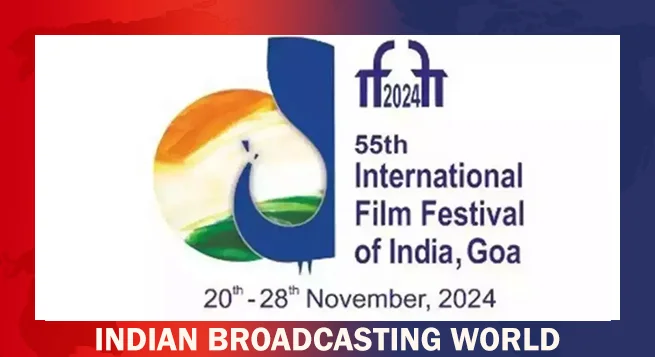 55th IFFI to introduce entertainment extravaganza IFFIESTA
55th IFFI to introduce entertainment extravaganza IFFIESTA  ‘Citadel:Honey Bunny’ rocks globally in launch weekend: Prime Video
‘Citadel:Honey Bunny’ rocks globally in launch weekend: Prime Video  Satish Kaushik’s last film ‘Mirg’ streaming on JioCinema
Satish Kaushik’s last film ‘Mirg’ streaming on JioCinema  Samsung TV Plus adds 4 Viacom18 FAST channels
Samsung TV Plus adds 4 Viacom18 FAST channels  The Advertising Club to hold D:CODE on Nov 28
The Advertising Club to hold D:CODE on Nov 28  Suhana Khan is brand ambassador for Vivo Y-series phones
Suhana Khan is brand ambassador for Vivo Y-series phones 








